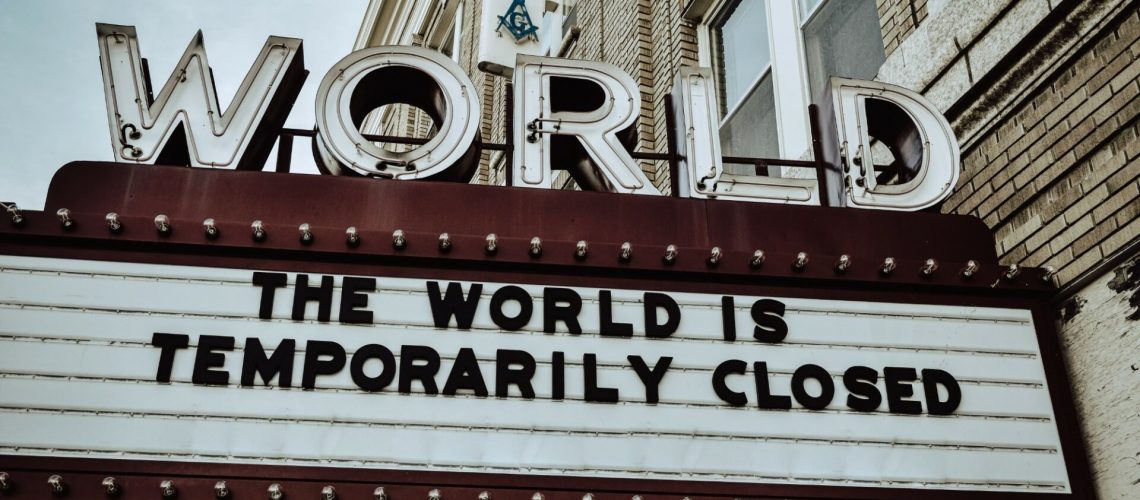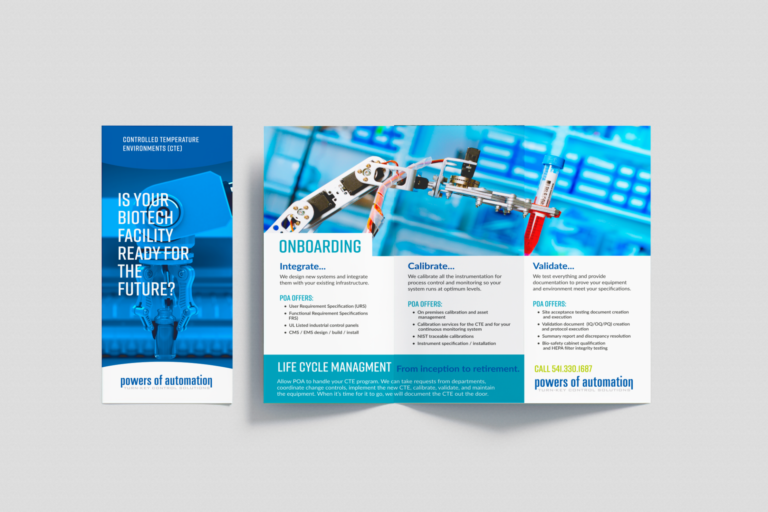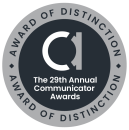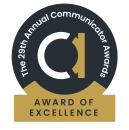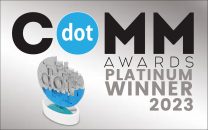The Covid-19 pandemic came onto the scene during the ominous year of 2020 and completely overhauled the business landscape. Just imagine how many crisis management video calls must have sprung up between marketing managers and their teams during those first few weeks, trying to decide what messaging, if any, they should be putting out. Many likely wondered if they should even be promoting their businesses at all.
Yes, COVID-19 changed so many things in the world of business. Most company owners and marketing professionals had to switch up the way they advertised. Content marketing is a great example of what changed for businesses during Covid.
It’s important not to overlook the power of content marketing. One survey revealed that content marketing costs 62% less than outbound marketing and brings in more than three times the leads. That’s why content marketing is so important. We think many would agree that this statistic alone is enough to justify a renewed commitment to their content marketing efforts and making whatever changes necessary to keep it going.
“What COVID did is force a lot of marketers to step back and rethink relationships with consumers,” Bob Liodice, CEO of the Association of National Advertisers (ANA), told Marketing Dive in a phone interview. “There was an amazing turnaround in marketing messaging that took place. Our analysis has shown that the relationship between consumers and brands has, in fact, strengthened.”
Branded content marketing is different from conventional advertising which is more of the in-your-face ads, like billboards and pop-ups. Certainly the pandemic has altered the content on those platforms (we have all likely noticed). We are all getting bombarded with these ads – bright, bold, eye-level banners and information on products and services that we didn’t ask for and don’t need, jumping out at us around every corner; it’s like the new telemarketing of advertising!
Content marketing, on the other hand, is more subtle and hidden. It is information that has to be seeked out – the consumer goes to it voluntarily. It’s not a new idea but has evolved massively in recent years and has grown into its own unique persona and vibe. It plays in the background like subliminal messages and rides with purpose on infallible algorithms. The power of content marketing is real.
Because of its gentler approach, branded content marketing has become a more popular path for companies to utilize. When the Covid-19 pandemic hit and America’s internet usage sky-rocketed, digital touchpoints like blogs, videos, case studies, reviews and infographics – the kings of content marketing – became more critical for attracting customers and retaining their patronage.
A blog is a storehouse for brand content. Blogging attracts visitors’ attention with helpful information and provides content to flesh out your social media presence and fuel your SEO efforts, too. So how did Covid-19 affect blog content? Guess how blogs began to include information about remote working, quarantine life, various types of masks and their effectiveness, etc. That is one example of how the pandemic largely impacted content marketing.
Imagery that once showed large groups of people gathering together began to fade. Ads with company meetings, where everyone sat close around a table were replaced with images of masked faces or zoom calls. Medical commercials and brochures started showing their staff in full PPE gear. These really make a huge impact on viewers as a reminder of the times we are in and what to expect when you go out in public.
A lot of that has passed now that the virus cases have drastically decreased across the nation but regardless of how much the pandemic fades and how well the economy improves, day-to-day marketing operations will look quite different than they did before COVID-19, potentially forever.
“With the exception of a few companies who find themselves on the right side of pandemic serendipity, no matter how you cut it, consumer spending will shrink, budgets will be tight, and, as predicted by Forrester, marketing spending will be down — the extent of which will depend on how scenarios with treatments, vaccines, [and] immunity play out,” Dipanjan Chatterjee, VP, principal analyst at Forrester, said in emailed comments to Marketing Dive.
With all of us desiring a steady track for the economy moving forward, it really puts the pressure on marketers to plan for multiple different outcomes, from a significant recovery to none at all.
“We need to be very adept and flexible at finding what the various options are going to be out there for us and we need to be prepared from a planning standpoint as to what we do under all those scenarios — from a media investment standpoint, from an employee management standpoint, from an agency management standpoint,” Liodice said.
Marketing and advertising trends will always evolve with the ever-changing business world. As we all attempt to get back into our pre-pandemic pace, many of the changes brought on by the Covid-19 pandemic will likely remain.

